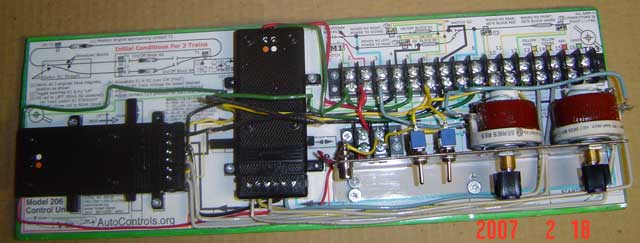
|
||||||
-
|
Photo 1 - Model 206 Control Unit 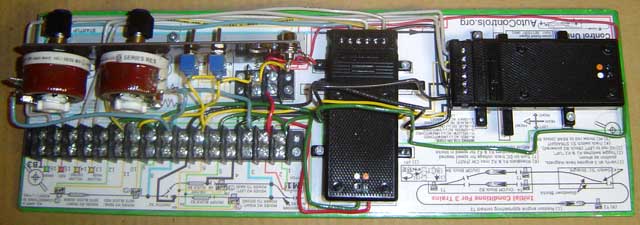
Photo 2 - Model 206 Control Unit - viewed from other side 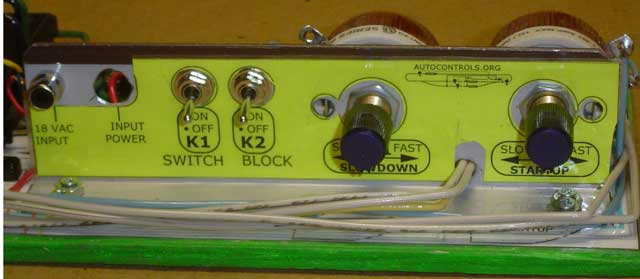
Photo 3 - Closeup of Rheostat bracket. 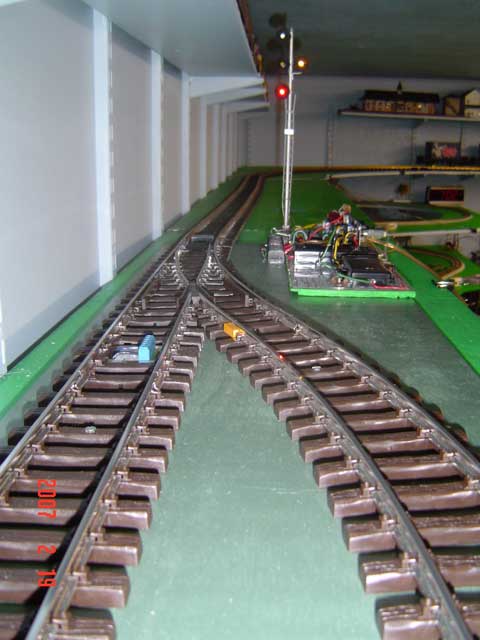
Photo 4 - Control Unit mounted on a
Track Unit.
The following figure, Logic
Diagram
for Automatic Switching Block, explains
how this unit controls 3 trains on the same
track. The operation is a combination of the
Automatic Block and the automatic passing
siding. |
|||||
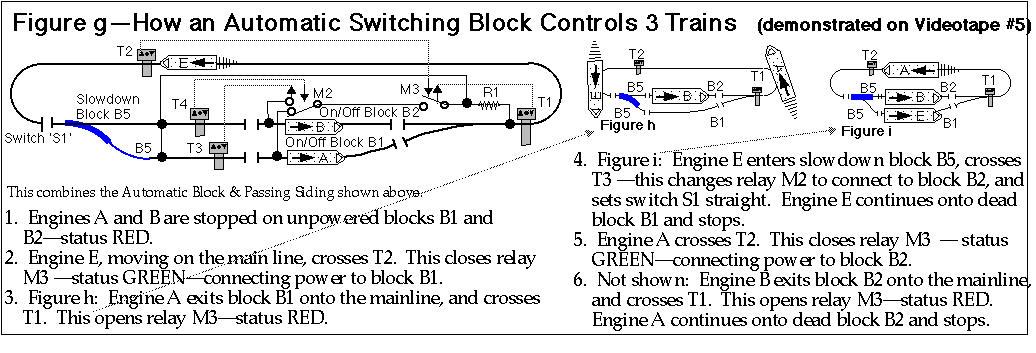
Photo 5 - Logic Diagram For 2-Track Automatic Switching Block
L This page created 2/22/07, modified 12/6/2009 (20F17.) by
